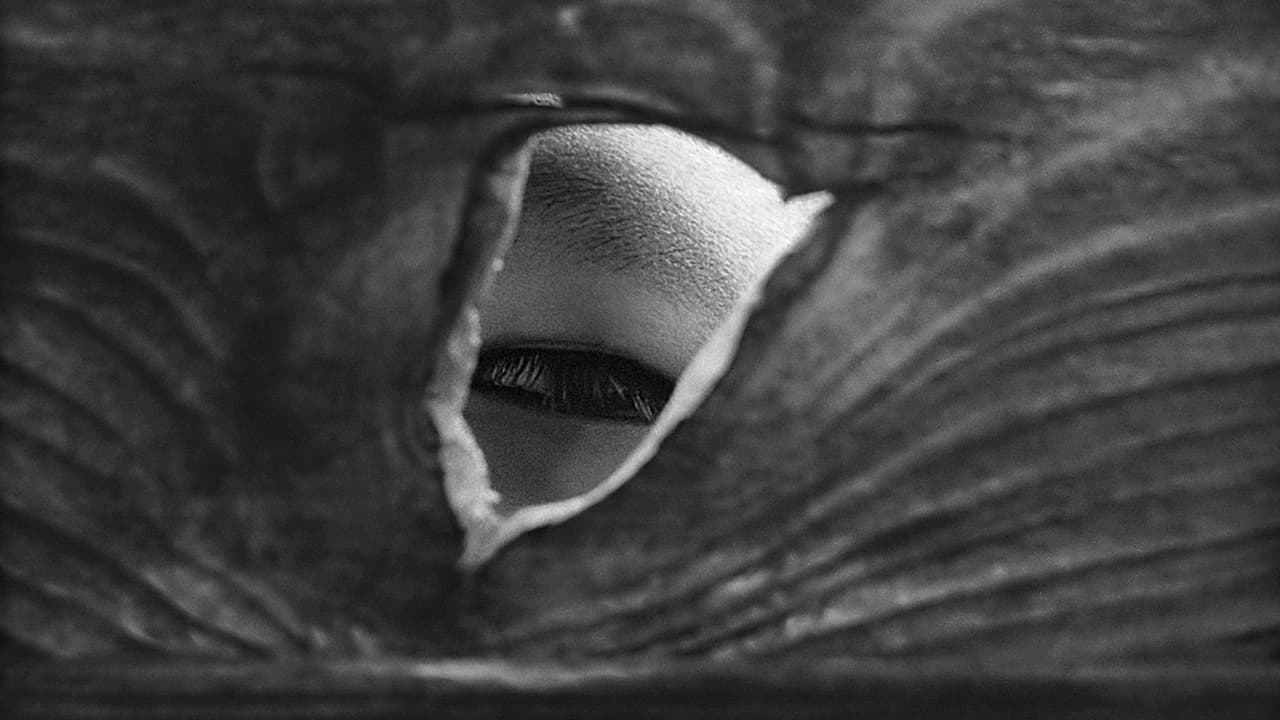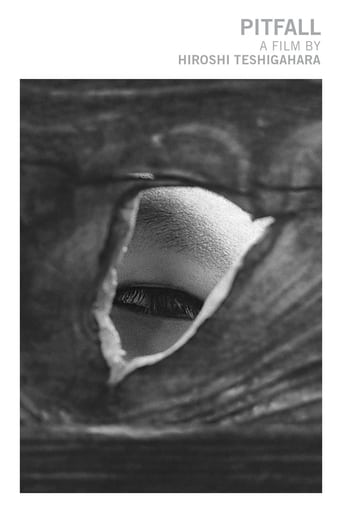

People are voting emotionally.
... View MoreIt isn't all that great, actually. Really cheesy and very predicable of how certain scenes are gonna turn play out. However, I guess that's the charm of it all, because I would consider this one of my guilty pleasures.
... View MoreIt is an exhilarating, distressing, funny and profound film, with one of the more memorable film scores in years,
... View MoreStrong acting helps the film overcome an uncertain premise and create characters that hold our attention absolutely.
... View MoreFrom the start of the movie you follow two deserters that are mine workers. A guy dressed in white is spying on them unnoticed from a distance. Then The miners move on to new jobs but the man in white follows still unnoticed....This movie is much more about moods I think than the actual story. It is a slow moving movie especially the first half of it. But I was absorbed about wondering who was it following him and why. I did also like the boy as the silent observer where I wondered if he would interfere with the story at a time and in what way.I would not recommend this movie to everybody. I did enjoy it a lot but I would not consider it as a masterpiece. If you are are interested in slow but moody B&W pictures then it may be for you. If you want a bit more action then choose another movie.
... View MoreAs the ghosts of two of the victims of the man in the white suit chase his Vespa, they yell, "You can't kill someone for no reason." Whatever that reason is, it is never shared with us. It's sad enough that the characters in this movie are so lost, but that someone would care enough about them to seek them out and kill them. The man in the white suit has a book and after carrying out his hit, or setting one up, he quietly writes things in that book. Is he the grim reaper? Does he represent organized crime? Is he a solo player? He is magical in a Satanic sense. He comes between two warring labor unions, creating enough distrust to destroy what they fight for and them also. One of the strangest characters is a little boy, the son of the first victim, who seems only intent on eating throughout the movie. At one point, he catches a frog, smashes it on the rocks, and then pulls off its skin. He seems immune to emotion and we only know that he is a little eating machine. This is a film that you will think about for a long time if you can find it. It is unsatisfying on the one hand and highly provocative on the other.
... View MoreIf you're familiar with Hiroshi Teshigahara's work, especially the notorious "Woman In The Dunes", you will understand the starkness, the harsh reality, the irony of this film. Ostensibly about a miner who is stalked by a man in a white suit and who then is killed for reasons that do not become apparent until nearly the end of the film, the film is, like "Dunes", an uncompromising look at life. The film is technically superb on the DVD box available, and it is highly recommended. This film is not for everyone, it is for people who are interested in serious Japanese cinema. There are nuances in this film that show the mark of a great director, though. Again, be prepared: This is not happy go lucky. It triumphs mostly because of its persistence of vision. That is an endorsement for any filmmaker.
... View MoreAlthough structurally and aesthetically experimental cinema, Teshigahara's debut proper already carries all the trademarks of an assured author and although a bit rough around the edges here and there it shows a director experimenting with his craft even as he perfects it. Japanese new-wave ferried to its logical conclusion even as it takes its first baby steps.Based on a story by Kôbô Abe, PITFALL explores the myriad possibilities that emerge from the space where life and death overlap, as a poor miner is murdered under mysterious circumstances in the marshes near an old ghost town. His murderer, an alluring white-clad figure, buys off the silence of the one witness, a woman operating a candy store in the ghost town district, and disappears as mysteriously as he appeared. In the mean time the murdered man wakes up next to his corpse only to discover he's now a ghost.While THE SIXTH SENSE milked a very similar idea for maximum mainstream appeal, shock twists and shallow thrills, Teshigahara is wise to allow his material to breathe. Even though a very pragmatic subplot about two rival labour unions introduced in the end of act two detracts from the existential nature of the story, like all great storytellers Teshigahara never settles for the convenient and tidy, refuses to explain what the viewer most needs explained. Personal interpretation is very important in any work and particularly in something as haunting as this. Who is the killer? Why is he doing it? Questions left open, the character cleverly typed as a seriocomic grim reaper of sorts riding around in his moped, a manifestation that invokes notions of fate by the very nature of his acts. Is there not meaning when one is not aware of it? Teshigahara pits the dead against the dead, the living against the living and everybody against each other, ghosts quizically examining their corpses and wondering the reason of their deaths, the living deaf to their protestations and too busy being suspicious of each other. A world revolving around a discordant axis, thrown off balance and left for us to explore its geometry.Teshigahara's direction reflecting the uncertainty and disorientation of the plot as much as Toru Takemitsu's dissonant score. A POV shot of a child introduced only for the child to walk inside its own POV shot. Jarring jump cuts that send characters jumping through space. Construction works photographed in all their derelict, abandonded glory, a ghost world for the dead to haunt. Notions of hell on earth. The ghost of the murdered man complaining he's hungry as winds rise in the soundtrack. A pack of dogs ascending a steep slope like other Sissyphi. Very precise, very geometric, the work of an assured visual director.
... View More